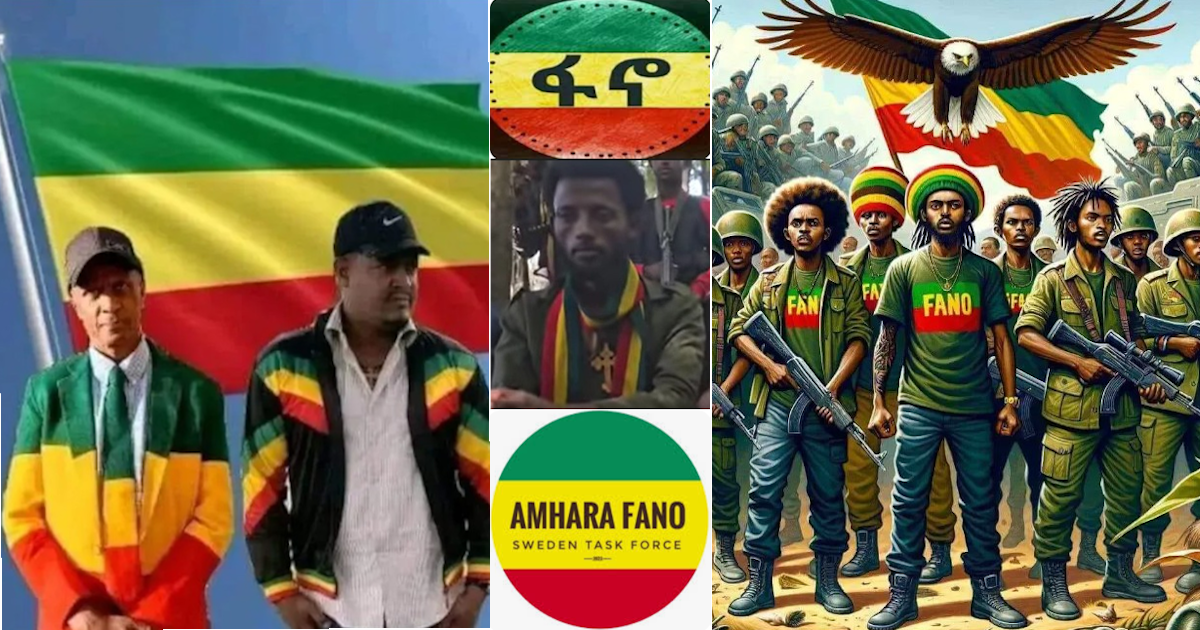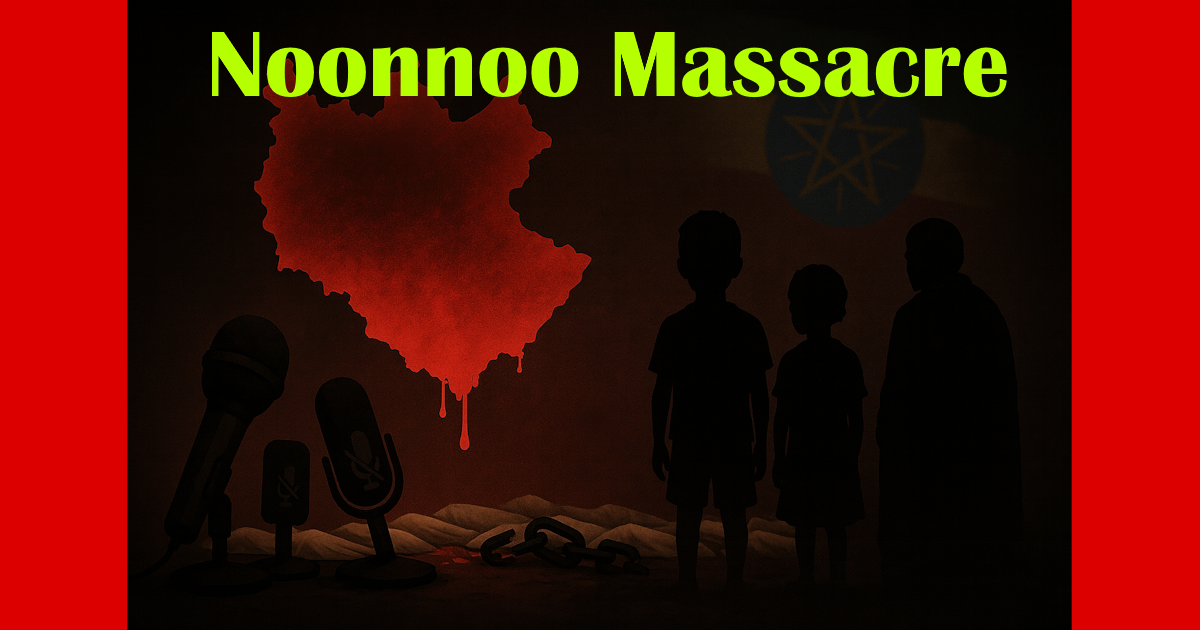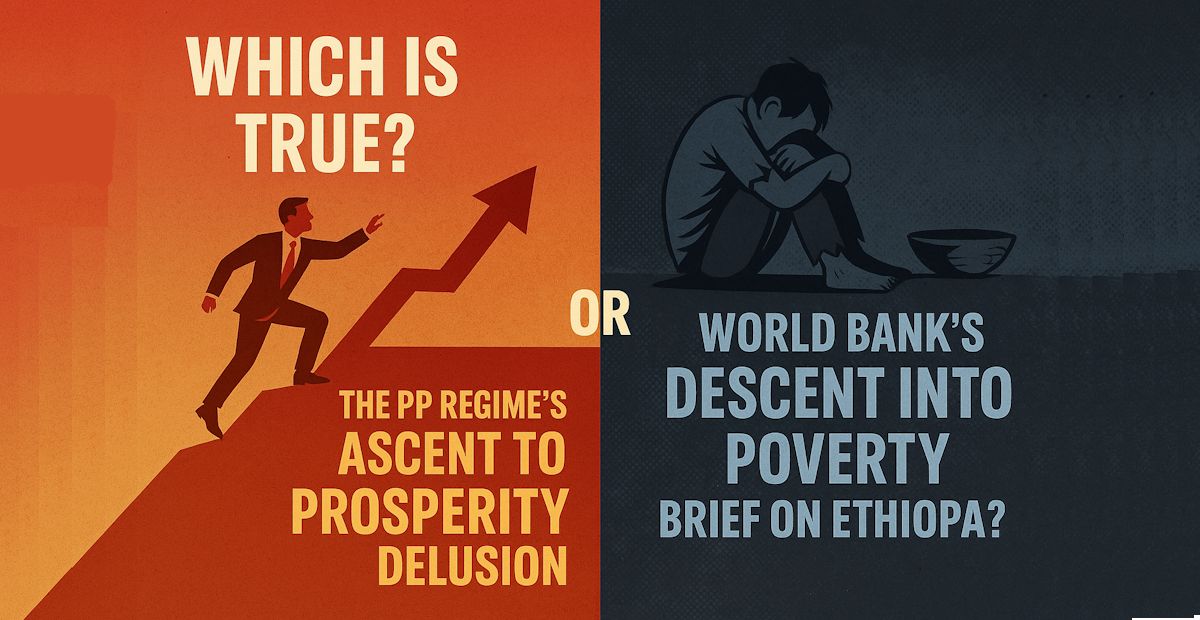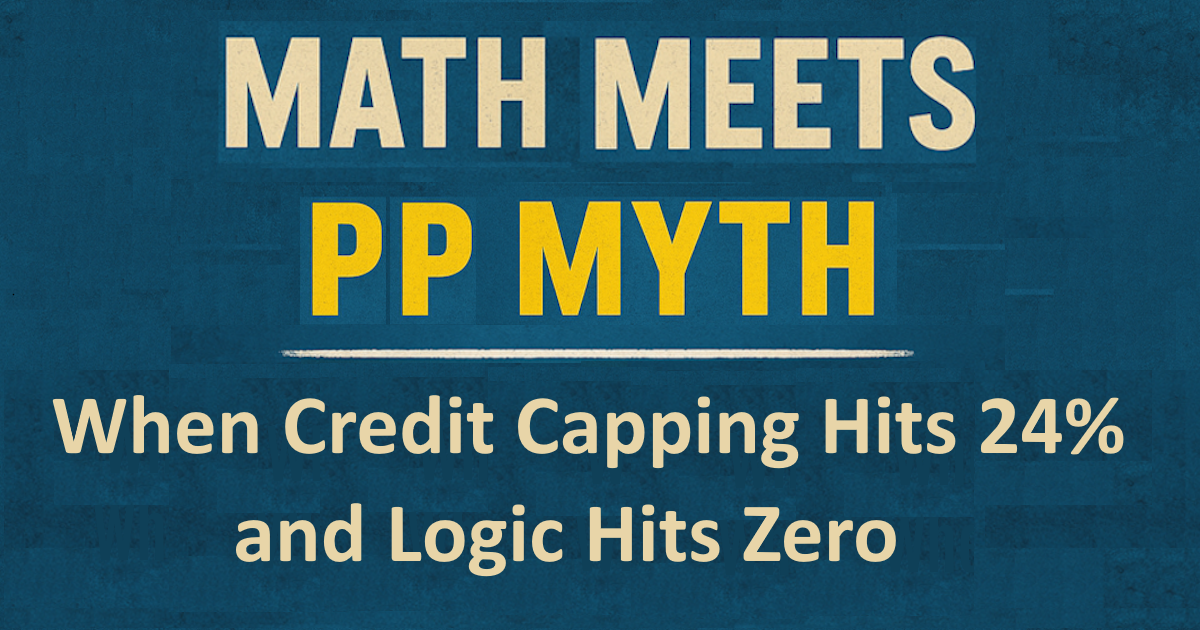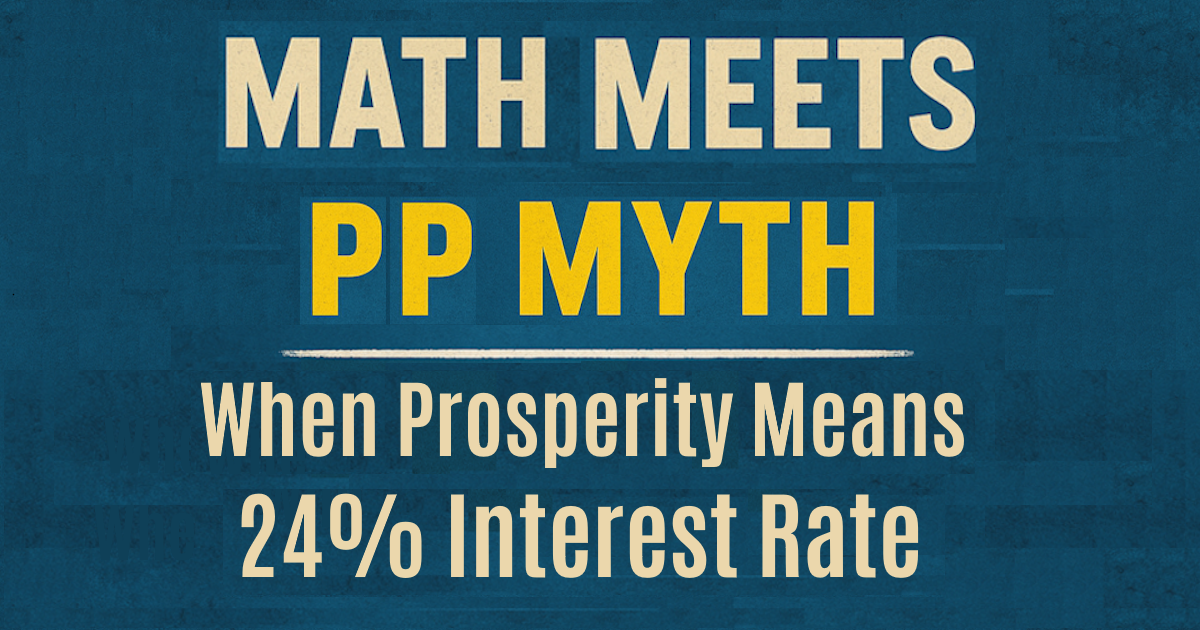A Civic Lesson Disguised as an Interview: Understanding Oromophobia Through the EBS Controversy and Shabo Media’s Insightful Dialogue

It is rarely the case that interviews transcend their usual form and qualify as effective lecture material in civic education. Yet the interview of Aaddee Samihaa Osmaan on Shabo Media last night, conducted by the ever-charismatic Gaammee Galgaloo, focusing on an age-old issue of Oromophobia, was one such rare instance. More than just a conversation, it emerged as a profound commentary on media, power, identity, and justice within Ethiopia’s sociopolitical landscape. It turned a television and social media moment into a valuable lesson in awareness, making it a must-watch for anyone interested in truth-seeking beyond the noise.
The subject matter, at first glance, appeared deceptively simple. However, what unfolded was deep and instructive. The profound impact stemmed not just from the content but from the methodology—how the questions were posed and how they were unpacked with clarity, empathy, and razor-sharp logic. It is a reminder of how critical thinking and informed dialogue can transform a news item into a meaningful lens on society.
The interview focused on a trending issue: the EBS documentary on the “ordeal” of Ms. Bitukan Temesgen. The presentation—emotive and theatrical—stirred significant public response. However, upon closer inspection, the story, as presented by EBS, appeared to frame an ordeal that, in context, may not have occurred in the way it was portrayed. This is where the civic lesson begins.
To be absolutely clear: no one is denying that women are frequently subjected to inhumane acts, especially within the broader context of the Ethiopian empire. We are fully aware, and painfully so, of the innumerable incidents of gender-based violence and mass atrocities committed across regions. There are documented cases where women have faced horrific sexual violence, and people have been massacred in groups. These issues are profoundly serious and deserve their own focused coverage—something that we intend to address in future, topic-specific articles.
However, this editorial focuses on something different, yet equally important: the distortion and weaponization of incidents—especially those that occur in Oromia—by extremist media entities with clear political agendas. These are outlets with axes to grind, and they often grind them at the expense of truth, empathy, and interethnic cohesion.
Oromophobia in Context
Oromophobia has existed for as long as recorde history allows us to trace, dating back to the era of Ethiopia’s (then Absynnia) earliest print media. From the outset, negative narratives, distortions, and deliberate misrepresentations of the Oromo people have been recurrent themes across official and unofficial outlets. In today’s context, this deep-rooted prejudice has not only endured—it has evolved, becoming more aggressive and pervasive. Modern Oromophobia is alive and kicking, now amplified by a potent combination of legacy broadcast channels and the vast reach of digital media platforms. What further fuels this intensification is the coordinated effort of an ecosystem composed of domestic and diaspora-based anti-Oromo extremists who relentlessly push narratives of hostility and division. While the core essence of Oromophobia has remained largely unchanged, what distinguishes its current form is the sheer scale and sophistication with which it operates—reaching wider audiences, spreading faster, and inflicting deeper harm than ever before.
With regard to Oromophobia, what has remarkably changed today—the saving grace, so to speak—is that the educational gap of Oromos is closing. After decades of systematic marginalization from formal education, the Oromo people are rising. A new generation of educated Oromos is emerging, more confident, more connected, and better equipped to challenge historical inaccuracies, contemporary disinformation and misinformation. The rise of the Internet and social media platforms has played a pivotal role in this awakening. They are proving to be subtle yet powerful equalizers, offering platforms where truth can be told, evidence shared, and distortions exposed in real-time.
The recent EBS episode is not just a media mishap—it is a cautionary tale. The orchestrated dramatization, carefully edited for emotional impact, backfired spectacularly. What was meant to paint a particular ethnic group as inherently violent ended up offering a case study in media extremism, disguised under the sheen of storytelling. It serves as a modern example of how seemingly harmless or entertaining media content can insidiously infiltrate households and manipulate emotions, leading audiences to form misguided conclusions—sympathizing with one group, demonizing another, and perpetuating centuries-old biases.
This is more than just a PR failure. It is a form of soft indoctrination. Through an emotionally loaded narrative, viewers were subtly nudged into walking away with sympathy for the Amhara victim and resentment—if not outright hatred—towards the Oromo community. It is a media tactic as old as propaganda itself: divide and emotionally conquer.
The truly tragic aspect, if one pauses to reflect, is that this narrative strategy is not new. In fact, the groundwork was laid long ago. For instance, it is a documented reality that certain Amhara writers once propagated a blatantly dehumanizing claim that Oromos “came out of the sea.” As absurd and scientifically untenable as this myth is—humans, of course, cannot live in the sea like aquatic creatures—it reveals a shocking absence of shame in fabricating history to serve hateful ideologies. The severity of the falsehood is overshadowed only by the depth of the prejudice behind it.
Yet, this begs an even deeper question: why has so much energy been devoted to vilifying the Oromo? What is the root of the intense hatred displayed by extremist Amhara digital platforms, especially those operated abroad? Why do such platforms so consistently spew vitriol, distortion, and unfounded accusations against the Oromo people?
This is not limited to the media. Even institutions that should ideally transcend ethnic politics have shown partiality. Take, for instance, the Ethiopian Orthodox Church. Its history and symbolism, in many cases, carry echoes of exclusion—raising uncomfortable questions about its inclusivity and representation. Why, one must ask, have the Oromos, who are part and parcel of the Ethiopian mosaic, been systematically alienated from so many national narratives?
The Double Standards
Returning to the EBS documentary, the incident that supposedly triggered it was the alleged abduction of 17 students, in 2019, from Dembi Dollo University. Strangely, the government has yet to offer any clarification on the matter, even years later, despite the initial insinuation that the Oromo Liberation Army (OLA) was responsible. To complicate matters further, there is now a renewed and contrasting allegation suggesting that the abduction may have been orchestrated by Amhara extremists, with implications extending as far as elements within the Amhara diaspora. Even more disturbingly, the early media narratives focused narrowly on five Amhara girls, ignoring the larger group of abductees and thereby stripping the incident of its broader and more accurate context. The current EBS documentary has now centered on one of those unverified five girls, continuing this pattern of selective storytelling. This kind of framing is not just problematic—it raises serious concerns about intent, bias, and the manipulation of public perception. Why this focus? Why now? What is being left unsaid?
Compare this with the brutal killing of Oromo students in the Amhara region, notably at Woldiya University and other institutions. These were real, verified tragedies. The FANNO paramilitary, in some grotesque acts of ethnic violence, beheaded Oromo individuals in west Oromia and publicly celebrated the carnage—displaying severed heads on spikes and dancing around them. These are not rumors. There is visual and testimonial evidence. And yet, these atrocities were not amplified by national media with the same force or urgency. Nor were they used to cast the Amhara people as collective villains. Why the double standard?
The difference is glaring. One group’s often unsubstantiated pain is politicized and broadcast. Another group’s real and verified pain is ignored or downplayed. This is the real tragedy—not just the violence itself, but the narrative violence that follows it.
Oromo Loss Reframed as Amhara Tragedy
While it may sound far-fetched or even implausible to some, there have been instances where the deaths of Oromo individuals and groups have been posthumously claimed as those of Amharas. In such cases, the grief and suffering of the Oromo community are effectively appropriated and reframed to serve a different narrative—one that presents Oromos not as victims, but as perpetrators. This deliberate reframing transforms Oromo sorrow into a political tool used to construct a portrayal of the group as aggressors or even as participants in genocide.
Admittedly, it is deeply uncomfortable to write these words. The weight of such accusations, and the pain they carry for all communities involved, cannot be overstated. Yet, those who observe Ethiopia’s complex sociopolitical landscape know that the country has witnessed numerous such peculiar and troubling distortions—where facts are contested, grief is politicized, and identities are manipulated in pursuit of ideological or ethnic agendas.
Recognizing and speaking about these uncomfortable truths is not an attempt to deepen division, but rather an earnest call for honesty, accountability, and a collective reckoning with all the wounds that still haunt the nation.
In Conclusion…
Which brings us back to the significance of the Shabo Media interview. In a media landscape crowded with manipulation and noise, it stood out as a beacon of honesty and analytical depth. It offered not just a counter-narrative but a panoramic view of the underlying forces at play. It illuminated how extremist propaganda has been with us since the advent of modern media—and how it has only intensified with the advent of digital platforms.
But there is hope. The difference today is that we Oromos are waking up. Our eyes and ears are open. We are learning not just to receive information, but to interrogate it. We are learning to speak up, respond, and resist the manipulation of our identities. We are not alone in this; many others across Ethiopia and the global community are beginning to notice these patterns and call them out.
Listen to the Shabo Media interview. It is more than just an hour of content—it is a powerful civic lesson. It shines a light on the anatomy of media-driven hate and invites viewers to reflect deeply on the construction of national narratives. It helps us understand the trending topic surrounding the EBS documentary and, more importantly, the centuries-old structure of Oromophobia that sustains such propaganda.
The link to the interview and additional resources are provided below. We urge you not only to watch but to engage. Reflect. Share. And above all, raise your voice.
Please share your perspective using the comments form below. Your voice matters.
References:
- The Shabo Media Interview: Sagantaa Addaa Samiyaa Usmaan Waliin Waa’ee Diraamaa Burtukan EBS Irratti
- An OBN Counter Documentary: DHUGAA BURTUKAAN (“Burtukaan’s Truth”) – on the EBS Controversial Documentary
- Reverse-Engineering Oromophobia? And More Here — Helps to understand the ulterior motives.
- Science as a Folklore – An Example of How Political Agendas Override Scientific Reasoning.
- Deny, Deny, Deny. If Only Opinions Become Facts!
- An Example of Dehumanizing Tirade by an Amhara Clergy
- A TikTok Compilation as Satire, and More Here.

